svariophoto/iStock/GettyImages
Haddock, a firm, white fish with a mild taste and flaky texture, can be prepared using various cooking techniques, none of which are especially difficult to achieve at home. The versatile fish lends itself to use in recipes from old favorites like fish cakes and fish and chips to more exotic fare including Thai curries, Mediterranean fish stews and gourmet French preparations. You can buy haddock fresh or frozen, whole or filleted. Whatever cooking method you use, haddock is ready to eat when its flesh reaches 145 degrees on a thermometer or turns opaque and flakes easily.
Deep-Frying
Haddock is traditionally deep-fried alongside thick-cut chips in British fish and chip shops. Prepare a basic batter, about as thick as pancake batter; dry haddock fillets and dredge them with flour; dip the fish in batter and deep-fry in canola or vegetable oil heated to approximately 370 degrees Fahrenheit. Turn the fish one or two times as it fries, and remove when it’s crispy and golden, which shouldn’t take more than five to 10 minutes. Add malt vinegar. Cook haddock goujons -- fillets cut into smaller pieces or strips -- in the same way for fish tacos and fish sandwiches.
Pan-Frying
If you have a fillet of haddock with its skin still on, pan-frying works well as a technique for crisping the skin while rendering the flesh soft and moist. Dry the fish well with paper towels, season both sides and heat a little oil in a frying pan. Let the pan get nice and hot before placing the haddock skin side down in the pan. Leave the fish alone while the skin gets crisp and contracts, curling the fillet at the edges. Press it down with a spatula to ensure even cooking, then flip after about four to five minutes. Turn the heat down and cook the other side for another four to fives minutes, or until the flesh turns opaque. In keeping with pan-fried haddock’s simplicity, serve with just a green salad, boiled new potatoes or French lentils. Melt a knob of seasoned butter over the haddock and place some wedges of fresh lemon on the plate.
In the Oven
Braise, roast or bake haddock in an oven heated to 350 to 400 degrees for about 12 minutes per pound of fish. Keep the fish extra moist by braising it in a small amount of liquid, such as fish stock or white wine, with seasonings and thinly sliced vegetables. Stuff a whole haddock with a breadcrumb- or grain-based mixture and bake until the stuffing is steaming hot. If you want to roast the fish, use olive oil or canola oil and baste once or twice while it cooks. Include some whole garlic cloves to flavor the oil and fish. Another method for cooking haddock in the oven is en papillote, meaning you wrap the fish in a loose, sealed parcel of parchment paper. Place the parcel on a baking sheet in the oven, and the haddock steams in its own trapped juices. Use foil if you don’t have any parchment paper. Include some garlic and lemon juice and thinly sliced vegetables such as green onions, fennel, carrots or bell peppers.
Steaming and Poaching
Steam fillets of haddock, cut into smaller pieces if necessary, on a heatproof plate placed inside a steamer. Marinate the fish for an hour or more beforehand to add flavor to the otherwise plain dish. For milder flavors steam aromatics like green onions, lemongrass and parsley with the fish. You can poach haddock in plain water or, for more flavor, use stock or milk. Gently simmer fillets in the liquid until the flesh turns opaque, but don’t disturb or turn them as they cook, or they could fall apart. Carefully remove the cooked fillets with a spatula. Save the poaching liquid to make a sauce to serve with the fish. Poach haddock in a similar way when adding it to a fish curry, soup or stew, such as cioppino, but let the pieces fall apart and stir them into the mixture before serving.
Related Articles

How to Cook Haddock on the Stove
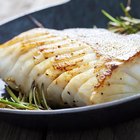
How Do I Pan Fry Fresh Fish With a ...

How to Cook Kingklip

How to Cook Belt Fish
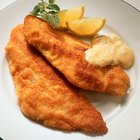
How to Fry Fish That Was Frozen
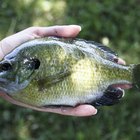
How to Cook Bluegill on the Grill

How to Bake Lingcod

How Long Do You Cook Haddock Fillets in ...

How to Cook White Perch

How to Cook Walleye by Broiling
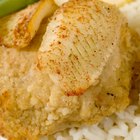
How to Cook Stuffed Tilapia

Ways to Cook Salmon Without Butter

Do You Cook Fish Skin-Side Down?
How to Steam Mahi Mahi Fillets
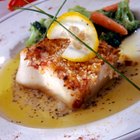
How to Pan Fry Sea Bass
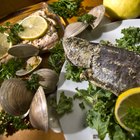
Fish Cooking Temperature

How to Cook Ono Fish
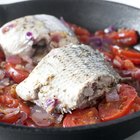
How to Cook Hog Fish

Can You Cook Fish Without Batter?

How to Steam Codfish
References
Resources
Writer Bio
Joanne Thomas has worked as a writer and editor for print and online publications since 2004. Her writing specialties include relationships, entertainment and food, and she has penned pieces about subjects from social media tools for Adobe to artists’ biographies for StubHub. Thomas has also written for such names as Disney, Hyundai, Michelob and USA Today, among others. She resides in California and holds a bachelor’s degree in politics from the University of Bristol, U.K.